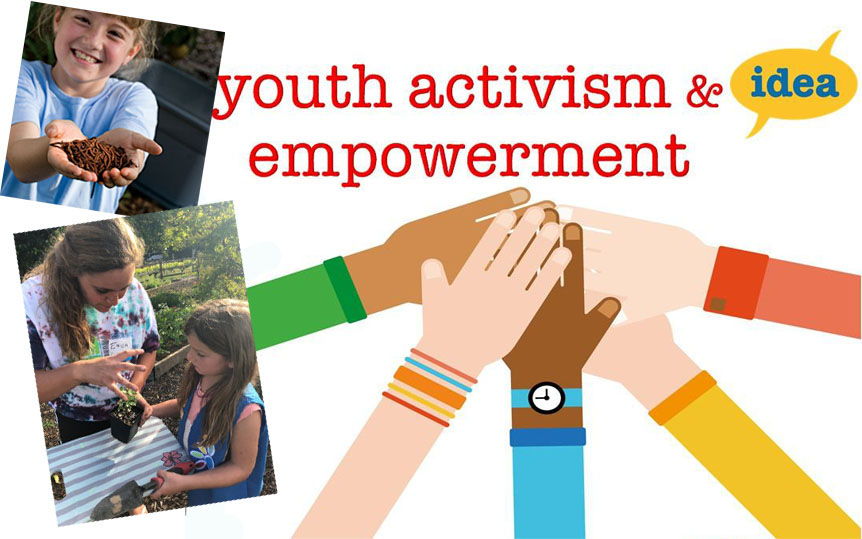This page is for Conservation Works' staff to login and access non-public areas of our website.
 Many ways to help Conservation Works exist--from volunteering to donating, you can make an important gift to our non-profit organization.
Many ways to help Conservation Works exist--from volunteering to donating, you can make an important gift to our non-profit organization.
Donation of funds to Conservation Works - at any level - helps us to promote sustainable rural communities right here on the north coast, and can provide significant tax advantages. The ways to give are as many and varied as the people who give them:
- Making a contribution in memory of a loved one with a memorial gift
- Supporting our ongoing work needed to sustain quality programs and services through an annual gift
- Caring for future generations through a planned gift
- Create a legacy through an endowment or fund naming opportunities
For more information, please visit our "Ways to Help" page on the Conservation Works site.
Several downloads are available (see also Conservation Works' Media Room):
North Coast Currents Winter 2015-2016 Newsletter
North Coast Currents Winter 2013 Newsletter
NCRC&DC Five-Year Report, 2006-2010
North Coast Currents - Winter 2010 Newsletter
NCRC&DC, Annual Report for 2009
Preliminary Feasibility Study for a Biomass Power and Thermal Heat Facility located at the Parlin Fork Conservation Camp | Report Appendices
NCRC&DC, Annual Report for 2007
NCRC&DC, Pre-Feasibility Study for a Biomass Power Plant, Fort Bragg, California, June 2007

Our story is one of change, as we transformed from a non-profit statutorily recognized by the federal Farm Bill and principally funded by government grants into a grassroots organization robust with community connections and funded from diverse sources, mostly generous gifts by our individual supporters.
For a little background, the North Coast Resource Conservation & Development Council is a non-profit and non-governmental organization which was formed and officially incorporated as a 501 (c) (3) charitable organization in November of 2002 to advance the conservation of natural and agricultural resources within Marin, Sonoma, Mendocino, and Lake Counties in Northern California. Initially, the US Department of Agriculture authorized the Councils across the United States under the Federal Farm Bill in the 1950s, and provided funding through the Natural Resources Conservation Service (NRCS). California was late in coming to the RC&DC structure, but our Council formed in 2002 and our federal funding included office space and the full time services of a coordinator to work with the Council to identify problems, establish goals and objectives, build strategies, and implement plans, including addressing Sudden Oak Death, agritourism opportunities, biomass energy utilization, and other issues of importance to our area.
Less than ten years later, in the spring of 2011, all funding and support from the NRCS abruptly ceased, including complete elimination of office space and the Coordinator position. Although the loss of NRCS support was challenging, our Council had been slowly transforming itself into grassroots organization by adding new at-large members to its Board of Directors and expanding how we accomplished projects. Gradually, we had been broadening our the role from mostly being supportive of others' projects to developing our own actual "take action" projects. Today, our youth environmental education AND ACTION projects are the cornerstone of the work we do, and other grassroots projects are similary geared to "take action" by our staff and volunteers. We continue to have a network of partners, varying from the traditional resource conservation districts to local native plant society chapters, youth groups including the Girl Scouts and Social Advocates for Youth, beekeepers, and many others. Over the eight years since the 2011 change in funding, the Council continues to grow and thrive through a diversification of funding sources including fiscal sponsorships, private foundation grants, corporate giving, fundraising, and the generous donation by numerous individuals.

